Diptera.info :: Identification queries :: Diptera (adults)
|
Dolichopodidae: Aphrosylus celtiber
|
|
| Stephen R |
Posted on 22-11-2009 19:02
|
|
Member Location: Clitheroe Lancashire UK Posts: 2396 Joined: 12.06.09 |
I found these 5mm flies on intertidal rocks in Northumberland (NE England) in the last week of July. I spent some time trying (and failing!) to get good pictures of the males flashing their white palpi, so I have quite a few shots of both males and females. Rather than post them all, I want to ask which areas it would be useful to see for identification. Is A. celtiber the most likely here?
Stephen R attached the following image: 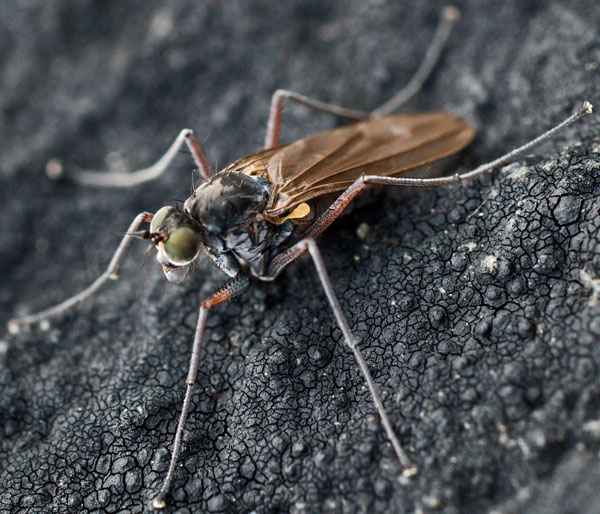 [136.99Kb] Edited by Stephen R on 12-01-2010 11:59 |
|
|
|
| Stephen R |
Posted on 22-11-2009 19:04
|
|
Member Location: Clitheroe Lancashire UK Posts: 2396 Joined: 12.06.09 |
2
Stephen R attached the following image: 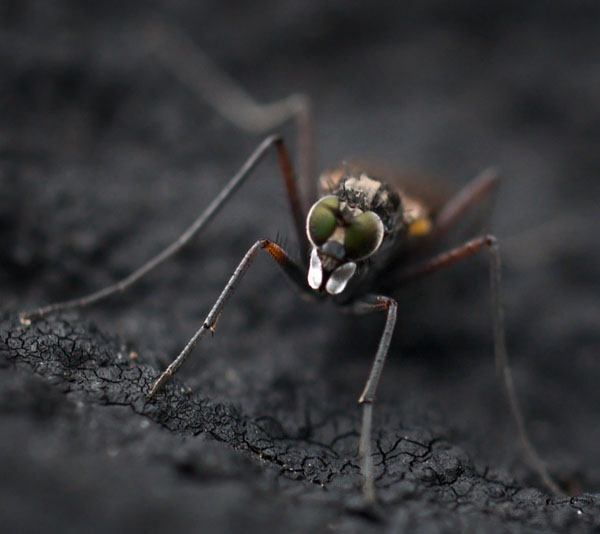 [74.6Kb] |
|
|
|
| Stephen R |
Posted on 08-01-2010 23:30
|
|
Member Location: Clitheroe Lancashire UK Posts: 2396 Joined: 12.06.09 |
Nobody replied to this, so I thought I'd add another image. Here's a female eating something interesting. What features are needed for identification?
Stephen R attached the following image: 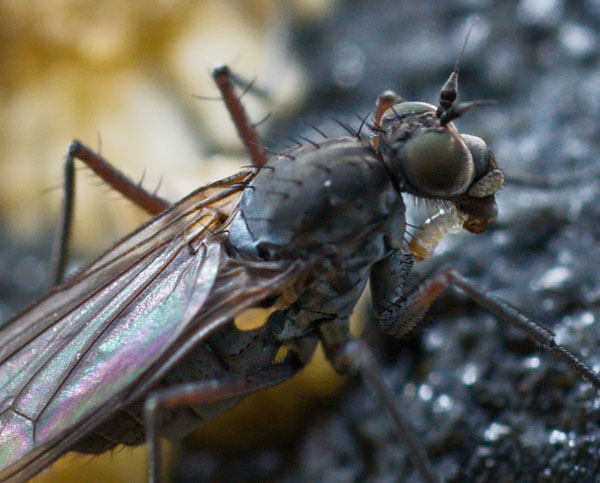 [104.75Kb] |
|
|
|
| Stephen R |
Posted on 08-01-2010 23:34
|
|
Member Location: Clitheroe Lancashire UK Posts: 2396 Joined: 12.06.09 |
and a male showing the shape of the palpus:
Stephen R attached the following image: 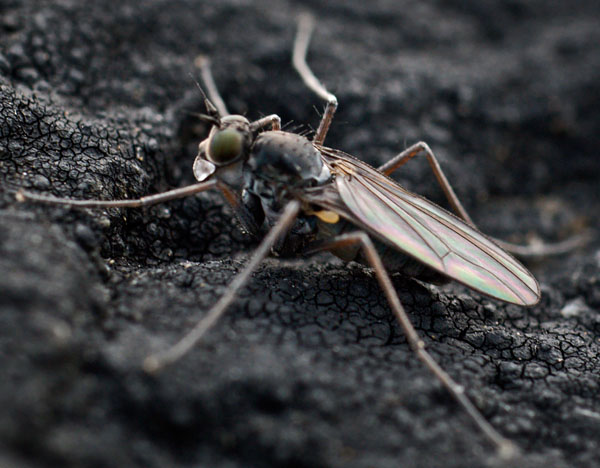 [100.95Kb] |
|
|
|
| Igor Grichanov |
Posted on 11-01-2010 18:55
|
|
Member Location: St.Petersburg, Russia Posts: 1796 Joined: 17.08.06 |
Sorry, I have no digitised d'Assis Fonseca (1978). If anybody have, please send me. Here is Parent (1938): 1. Article 3 des antennes piriforme ou même bulbiforme, c'est-à-dire arrondi à la base, puis brusquement atténué :. . . . 2 - Article 3 des antennes triangulaire, tout au plus arrondi à la base, mais,. au delà, progressivement atténué jusqu'à l'apex.. . . . . . . . . 6 [ferox] 2. Espèce très petite: 1-1, 5 mm. Yeux pratiquement contigus. Hypopyge très réduit, à appendices rudimentaires. Fémur l, face ventrale, sans épines, à part les deux basilaires. Costa spinuleuse. . . . . . . . . . . . . . . . . . . . . . . . . . . . . . . . . . . . . . . . . .. miitis, p. 339 - Espèces de taille moyenne, de 3 à  mm. Yeux nettement séparés. mm. Yeux nettement séparés.Hypopyge bien développé, à lamelles externes grandes, frangées, à l'apex, de longues soies ondulées. Fémur 1, face ventrale, avec au moins une série complète et régulière d'épines. Costa épineuse seulement à l'extrême racine ,. 3 3. Protarse 1 faiblement, mais nettement élargi-épaissi à l'apex. Fémur l, face ventrale, deux rangées complètes et régulières d'épines divergentes. Mésonotum : 5-6 d. c. ; t préRutural faisant paire avec le premier dorso-centraI. Palpes jaunes. . . . . . . . . . . . . . . 4 - Protarse 1 non épaissi à l'apex. Fémur l, face ventrale, avec une seule rangée complète et régulière d'épines. Mésonotum : 4 d. c. i pas de présutural. Palpes noirs. . . . . . . . . . . . . . . . . . . . . . . . . . . . . . . 5 4. Tarse 1 : article 2 dilaté sur ses 2/3 basilaires. Tibia 1I, à l'apex ventral, avec 2-3 crocliets plats, minuscules, fortement recourbés vers la racine. Fémur III, ligne dorso-antérieure, sur le quart basilaire, avec une série de chètes. Au mésonotum, 6 d. c. dont le 3e au niveau de la suture transverse................ celtiber, p. 335 - Tarse 1 : article 2 dilaté seulement à la base. Tibia 1I à l'apex ventral, sans crochets aplatis. Fémur III, ligne dorso-antérieure, sans chètes à la base. Mésonotum : 5 d. c. dont le 2e au niveau de la suture transverse. a) Fémurs en grande partie sombres. Toutes les hanches noires ... . . . . . . . . . . . . . . . . . . . . . . . . . . . . . . . . . . . . . . . . . . . . .. raptor, p. 340  Fémurs entièrement jaunes, hanche 1 jaune . Fémurs entièrement jaunes, hanche 1 jaune .. . . . . . . . . . . . . . . . . . . . . . . . . . . . . . . . . .. raptor var. luteipes, p. :140 Igor Grichanov |
| Stephen R |
Posted on 11-01-2010 21:38
|
|
Member Location: Clitheroe Lancashire UK Posts: 2396 Joined: 12.06.09 |
Thanks Igor, that's pure gold. I'll look through all my photos and see if I can nail it down! Stephen. |
|
|
|
| Stephen R |
Posted on 12-01-2010 11:32
|
|
Member Location: Clitheroe Lancashire UK Posts: 2396 Joined: 12.06.09 |
Well you know it ain't easy  But I did find one photo of a male fore-tarsus from the right angle to show the inflated areas (this key is for males only, right?). Is this enough to be confident that it is A. celtiber? The dcs seem rather variable, but most of the flies seemed to have enough at least on one side. I couldn't be sure of any of the other key characters from my photos. But I did find one photo of a male fore-tarsus from the right angle to show the inflated areas (this key is for males only, right?). Is this enough to be confident that it is A. celtiber? The dcs seem rather variable, but most of the flies seemed to have enough at least on one side. I couldn't be sure of any of the other key characters from my photos.
Stephen R attached the following image: 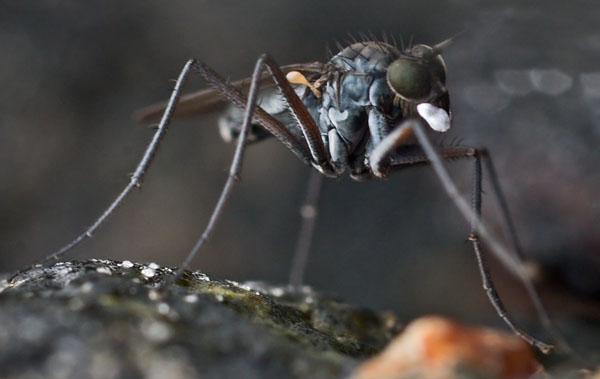 [66.21Kb] Edited by Stephen R on 12-01-2010 11:35 |
|
|
|
| Stephen R |
Posted on 12-01-2010 11:33
|
|
Member Location: Clitheroe Lancashire UK Posts: 2396 Joined: 12.06.09 |
crop:
Stephen R attached the following image: 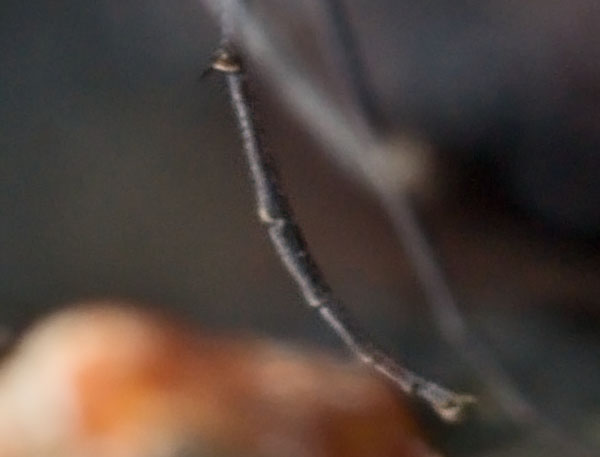 [56.41Kb] |
|
|
|
| Jump to Forum: |













